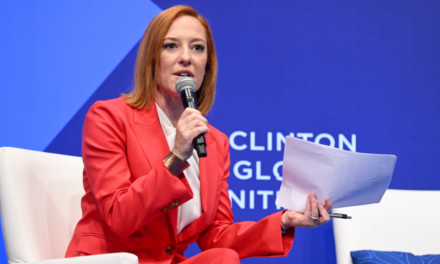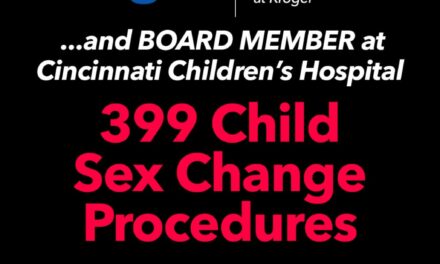We support our Publishers and Content Creators. You can view this story on their website by CLICKING HERE.
Do you know how much you spend per student in your local public school? Surveys find that most Americans cannot answer this question. And public education interest groups such as teachers unions benefit from this knowledge gap because then they can ask for more spending and few, if any, taxpayers and voters know what the figures are or how the money is being used.
This election year, lobbyists in states such as California, Missouri, and New Mexico are asking taxpayers directly to increase spending on K-12 schools through ballot initiatives, claiming schools are underfunded.
Yet spending patterns tell a different story. In each of these three states—and nationwide—public education spending is increasing and has been for many years. Since the 1969-1970 school year, inflation-adjusted spending per child in California and Missouri has nearly tripled, while New Mexico school spending has more than doubled.
How educators use resources is crucial. Missouri’s Show Me Institute, a research and policy organization, recently published a guide on education spending in the state and explains that school budgets are devoting less to instruction and more to noninstructional uses today than a decade ago. Notably, while the number of students in Missouri public schools has been on the decline, there has been a sharp uptick in the number of teachers—and administrative staff, in general. In fact, the number of staff has increased by 44%.
The increase in administrative staff is part of a national trend. Our colleague, Lindsey Burke, testified before a U.S. House subcommittee in 2022 and reported that the number of principals and assistant principals has increased 37% since 2000. The number of school district administrative staff has increased 88%.
Kennesaw State University professor Ben Scafidi studies administrative bloat in K-12 schools and finds that the increase in noninstructional staff over the last 30 years is more than double the size of student enrollment increases. Teachers make up only 48% of the K-12 workforce today.
It’s not news that students are struggling in class, but the price tag on this underperformance is staggering. In California, the fiscal year 2023-2024 K-12 budget was the size of the entire state budgets of Pennsylvania, Illinois, and Tennessee—combined ($128 billion). Approximately 3 out of 4 students are performing below grade level in core subjects.
Yet special interest groups have introduced a ballot proposal to authorize $10 billion in general obligation bonds for K-12 and community colleges. The bonds are estimated to cost state taxpayers a whopping $500 million per year for 35 years. The Reason Foundation finds that California school districts already have $220 billion in debt and liabilities, the equivalent of $40,000 per current enrolled student.
These spending figures do not account for the substantial influx of federal funding that school districts nationwide received during the COVID-19 pandemic, amounting to $190 billion in additional spending. This was on top of the annual federal funding public school districts also receive. Prior to the pandemic, federal taxpayers provided K-12 schools about $70 billion each year.
As part of the COVID-19 relief packages, California alone was awarded more than $23 billion, Missouri about $3 billion, and New Mexico around $1.5 billion in new federal funds. As of early August 2024, according to the latest data from the U.S. Department of Education, each of these states still had roughly 10% of funds left to allocate.
Forthcoming research by this op-ed’s co-author, Madison Marino Doan, and Kennesaw State’s Scafidi will reveal that school districts are more financially secure than ever before. Several factors contribute to this, including higher property tax revenues since 2020, which account for nearly half of most school district budgets; healthy cash reserves built up prior to the pandemic to manage economic downturns; the large influx of COVID-19 relief funds, which allowed districts to bolster their reserves and invest in infrastructure projects that reduce future costs; and record-high state “rainy day” funds put on reserve in 2022.
Few Americans know how much taxpayers spend per student in their hometown, nor do they realize the extent of the increase in school district bureaucracy or the massive federal funding districts received during the pandemic. This surplus in funds has not reliably translated into more instruction or improved student achievement. So, before voters decide on whether to increase spending on public schools, they should know where their money is going and whether it’s truly benefiting students in the ways that matter most.

 Conservative
Conservative  Search
Search Trending
Trending Current News
Current News 





